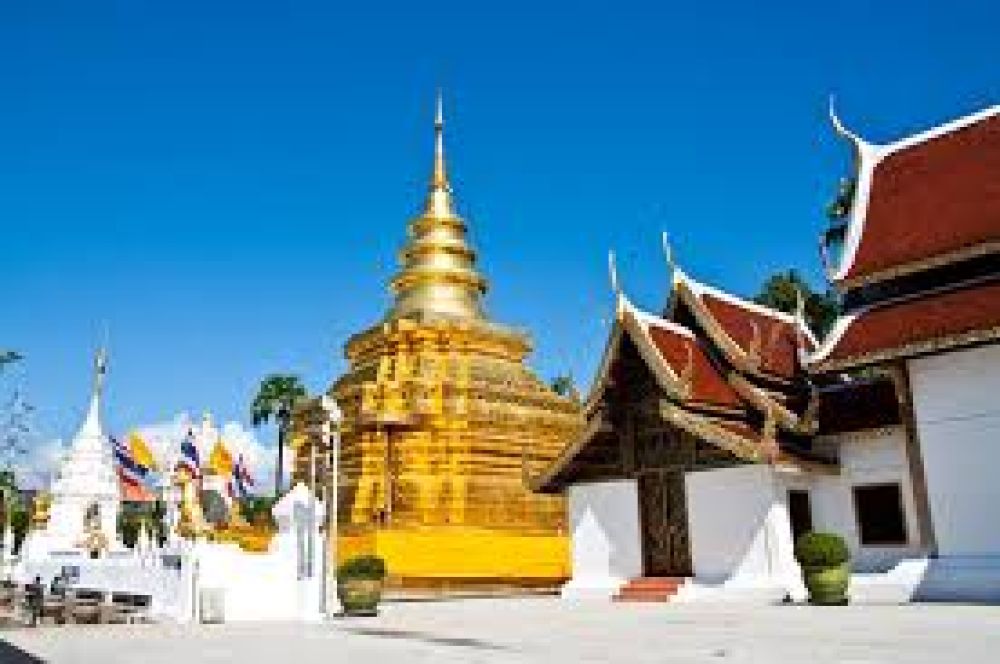

Nestled in the beautiful landscape of Phuket, the Wat Phra Thong or Wat Phra Phud, as it's locally known, stands as one of the island's oldest and most revered Buddhist temples. Its history is steeped in legend and religious significance, drawing visitors from around the globe to witness its mystical allure.
The origins of Wat Phra Thong are enshrouded in mystery and local lore. One of the most famous legends tells of a young boy who tied his buffalo to what he thought was a post sticking out of the ground. Soon after, the boy became ill and died, sparking the curiosity and concern of the villagers. They discovered that the post was actually the top of a golden Buddha statue. Attempts to excavate the statue were unsuccessful, as those who tried were met with swarms of hornets or other misfortunes. Over time, this tale contributed to the temple's sanctity and the belief in its protective powers.
The temple's most distinctive feature is the half-buried Golden Buddha image, known as Luang Poh Phra Thong (Golden Buddha) which is enshrined in the Wihan. The image is partly submerged in the ground and, according to local beliefs, it is impossible to unearth. Only the upper part of the Buddha statue is visible and available for worshippers to pay their respects.
Tourism has played a significant role in bringing Wat Phra Thong to the attention of international travelers. The island of Phuket itself has been a magnet for tourism since the 1980s, developing rapidly from a quiet island of tin miners and fishermen into one of the world's premier tropical destinations.
As tourism flourished, the temple emerged as a must-visit attraction for those interested in the spiritual and cultural aspects of Thailand. The temple's history, combined with its mystical aura, garnered the fascination of tourists seeking to immerse themselves in the local traditions and heritage of Phuket.
Understanding the value of such a historic and religious site, Thai authorities and local organizations have made concerted efforts to preserve Wat Phra Thong. This ensures that both pilgrims and curious visitors can experience the temple in its most authentic form. Accessibility has also been improved over the years, with better infrastructure in place to accommodate the increasing number of tourists.
In recent years, there has been a shift towards sustainable tourism practices in Phuket, with an emphasis on conserving cultural sites and educating visitors on local customs and the significance of temples like Wat Phra Thong. Additionally, experiential travel has become popular, with tourists looking to engage in activities that allow for a deeper connection with the local way of life, beyond the typical sightseeing. This aligns well with the serene and spiritual experience offered by Wat Phra Thong.
As global travel adapts to the new normal, Wat Phra Thong remains a testament to the enduring appeal of Phuket's rich culture and history. It continues to be a beacon for tourists seeking to unearth the mysteries and wisdom of Thailand's storied past.